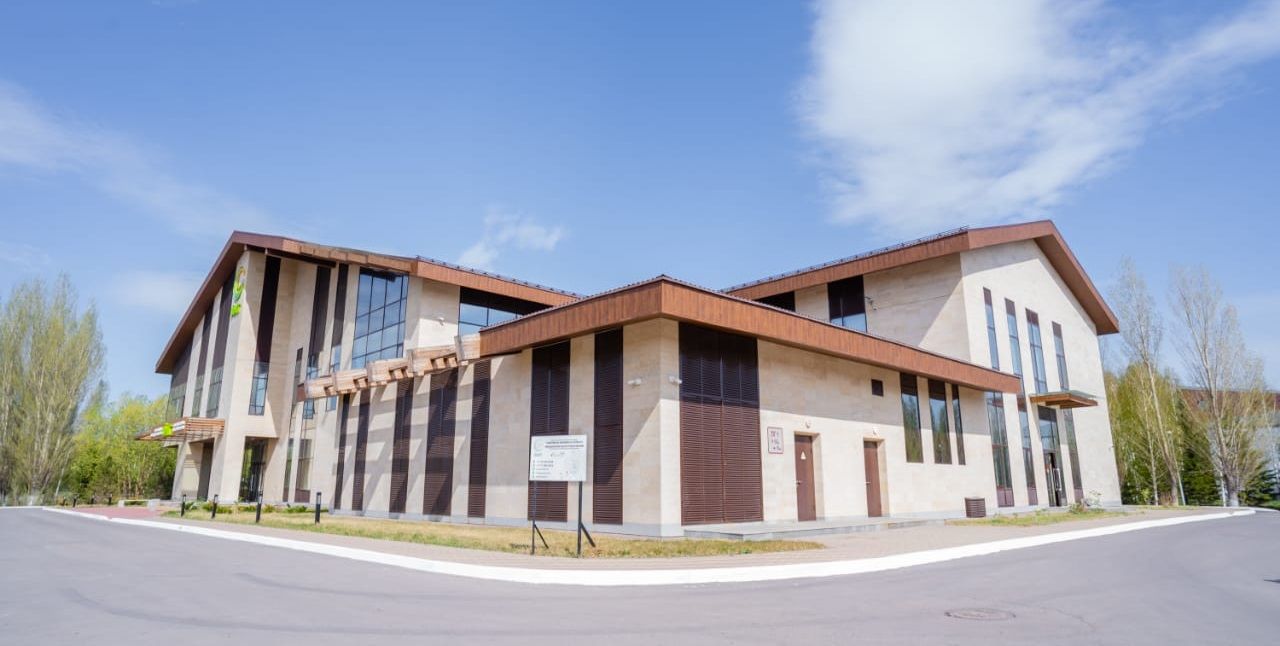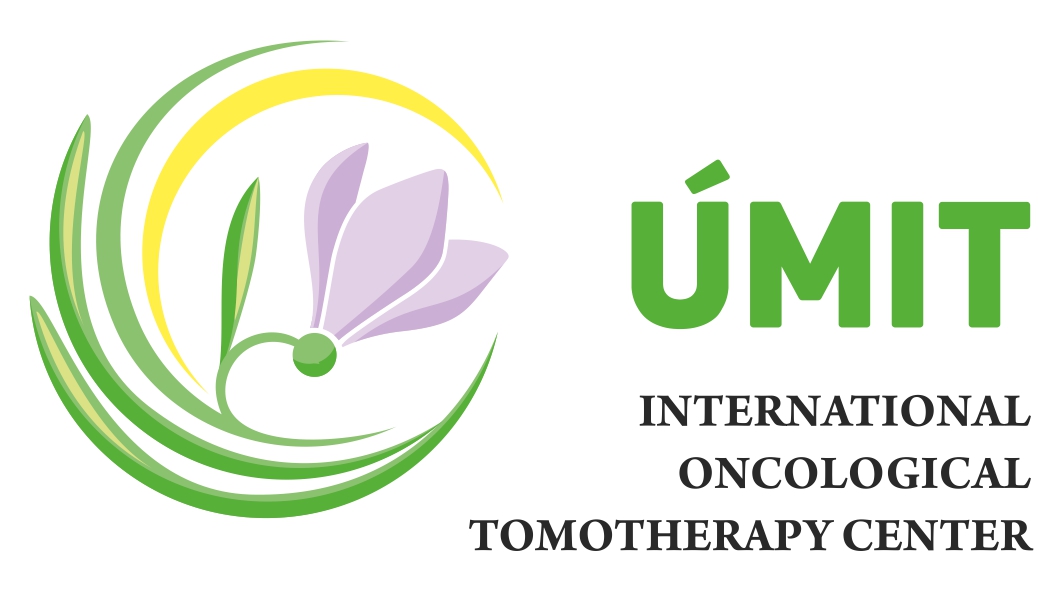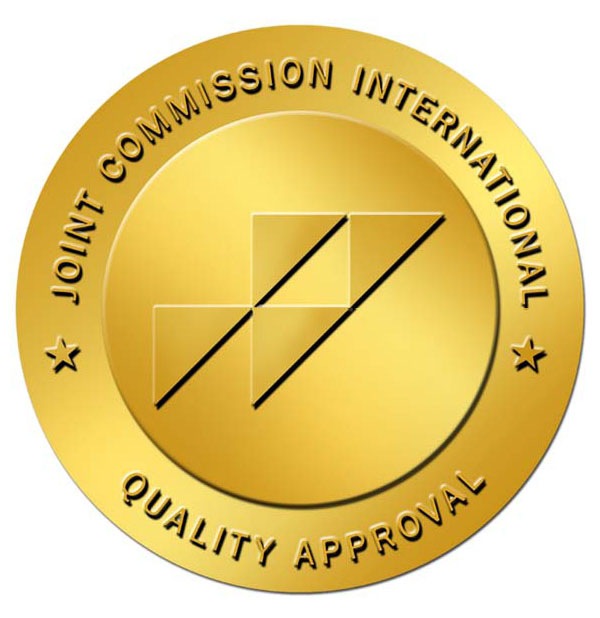
The new in cancer treatment: modern chemotherapy
Kalioldina Nurgul Kaissarovna - oncologist-chemotherapist of the highest qualification category, receives patients in Astana at the UMIT Oncological Tomotherapy Center. The work in the Semipalatinsk Nuclear Medicine Center, studies in Israel and Turkey lie behind Nurgul Kaisarovna. Doctor Kalioldina is aware of all the achievements of medical science and willingly shares her knowledge with patients.
- Nurgul Kaissarovna, what is chemotherapy? Who started to implement this treatment and what was the progress?
- Chemotherapy of malignant neoplasms is a treatment by introducing special chemicals into the human body, the purpose of which is to destroy or inhibit the growth of malignant cells.
There are three treatment types in oncology - surgery, radiation therapy and chemical therapy. Chemotherapy is the youngest method compared to the other two. In the oncology history, a surgeon's scalpel first began to be used, then a hundred years ago, radiation treatment for cancer appeared, and in the 40s of the twentieth century - chemotherapy.
The first researchers were American chemists-pharmacologists Louis Goodman and Alfred Gilman. They cultivated a new drug, embihin, which was first used in the treatment of advanced cases of lymphoma in humans, which led to a rapid reduction and even complete disappearance of malignant tumors. It was a real breakthrough in oncology!
A great contribution to the development of chemotherapy was made by the American pediatrician Sidney Farber, who is called the father of modern chemotherapy for his work using folate antagonists to combat leukemia, which led to the development of other chemotherapeutic agents for the treatment of malignant neoplasms. In particular, the drug methotrexate was developed, which is still widely used today.
The science does not stand still, new drugs and treatment methods are registered every year. And if earlier it were only a few chemotherapy drugs, now these are targeted drugs, and immunotherapy, and a qualitatively new approach to personalized cancer treatment.
- How does chemotherapy work? What happens to cancer cells?
- An ordinary cell has its own developmental phases - the cell cycle. The peculiarity of malignant cells is that they divide and develop much faster than normal cells. There are certain groups of chemotherapy drugs that act in different phases of the cell cycle, so a combination of several drugs is used in the treatment.
Of course, during chemotherapy, normal cells also die, but they have the ability to recover, whereas cancer cells die and do not recover.
- How do you decide which chemotherapy regimen should be chosen?
- There are several treatment regimens. For example, in breast cancer, when the tumor is large, it is impossible to operate immediately. In such cases, we use preoperative chemotherapy in order to reduce the size of the tumor as much as possible, and, if possible, to achieve a complete pathomorphosis - that is, a state where there are no malignant cells in the postoperative material.
After reducing the tumor size, a surgeon can radically remove the tumor. This is preoperative, or non-adjuvant, chemotherapy.
Also, after surgery for removing the tumor, prophylactic or adjuvant chemotherapy can be performed to prevent relapses, in case if tumor fragments remain in the body or cancer cells spread throughout the body with blood, and there is a high risk of developing metastases.
There are situations when chemotherapy is carried out as an independent treatment - basically, when the operation is no longer possible, there are multiple metastases, and the goal is already to achieve control over the disease, improve the quality of life, reduce pain syndrome, and reduce the symptoms of the disease.
In addition, there are combined methods, such as chemo-radiation therapy, when chemotherapy and radiation are mixed. Two competing therapies make a double hit to the tumor. Radiation therapy affects the basic cancer process, while chemotherapy acts as a radiomodifier, when the drug is accumulated in the tumor and gives the best effect when irradiated. Such treatment is used for rectal cancer, cervical cancer, tumors of the esophagus, tumors of the head and neck, nasopharynx, oral cavity, and brain tumors.
- How long does chemotherapy last? What does the treatment duration depend on?
- Chemotherapy is carried out in courses according to the scheme. The break between courses is on average 21 days. Schemes depend on the tumor location: they can be one-day, weekly, or over several days.
The most common method of administering chemotherapy drugs is intravenous infusion. But there are also tablet forms, there is intra-arterial injection, for example, in the treatment of colorectal cancer, the drug is injected through the femoral artery. There is an intracavitary injection - for example, the drug is injected into the bladder using a catheter. Also, if necessary, intraperitoneal injection is performed.
- How does a patient feel during chemotherapy? What are side effects?
- Chemotherapy is the systemic administration of a drug through the blood, and since the blood flows around all organs and systems, and then of course, normal healthy cells also respond to the treatment, it leads to the development of side effects.
During chemotherapy - on the day of the drug administration, in general, patients feel not bad. But there may be complications of a gastrointestinal nature - nausea, vomiting, loss of appetite, weakness, diarrhea, or, conversely, constipation.
Hematological complications include such changes in the blood as a reduction in hemoglobin, leukocytes, and platelets levels – bleeding are possible.
Not immediately, but gradually, a side effect such as neurotoxicity may develop - it is manifested by tingling, followed by a decrease in the sensitivity of fingers.
Patients over 50 may have cardiac complications if they have a concomitant pathology – increased blood pressure, heart rhythm disturbances.
Chemotherapy can lead to toxic hepatitis, to changes in liver transaminases, bilirubin.
But all can be corrected and controlled. In parallel, we carry out symptomatic treatment so that there are fewer side effects. We explain to patients how to prepare, which diet is better to adhere to, which lifestyle to follow.
Another thing is such side effect as infertility, both male and female. Chemotherapy drugs have a toxic effect on fertility, there may be a menstrual disorder, and menopause may occur. Therefore, in Western countries, before starting chemotherapy, it is recommended to donate ovocytes and sperm for storage at low temperatures. This gives a chance to subsequently have a child. In Kazakhstan, this is rarely done, that is why I think that more should be said and explained about it. Conditions for the storage of germ cells are now available, some clinics provide such services.
We also warn patients under no circumstances to get pregnant during chemotherapy, because pregnancy provokes a relapse of the disease.
A side effect such as hair loss causes a big worry in women. Not all chemotherapy drugs have such a critical effect on hair follicles, and even if hair falls out, this is a temporary effect. A month after the treatment, the hair begins to grow again.
You just need to accept the disease itself, accept that there may be such side effects, and focus on making the treatment beneficial.
- What to do to minimize side effects? How to prepare for chemotherapy?
- It is necessary to follow the nutrition rules, not to eat fatty, fried, and spicy, so as not to burden the liver, pancreas, eat small frequent portions, and eat easily digestible food. It is necessary to eat, even if you do not want to and feel sick, so that you have strength and energy for recovery. If you have any accompanying diseases, you should take all medications prescribed by the doctor. In general, all these complications are expected and can be controlled.
Of course, patients are afraid of the chemotherapy appointment. But we always explain that cancer is not a death sentence, even in advanced cases, due to treatment, we can stabilize the process, reduce symptoms of the disease, and improve the life quality. It is very important to have a positive attitude towards treatment and overcoming this disease.
- Can a patient continue to work during chemotherapy?
- It all depends on the diagnosis, on the chosen scheme. If a person has hard physical work, then of course he will not be able to work during treatment. But under certain conditions, patient can continue to work online, especially if a person is undergoing preventive treatment.
- Resistance of tumors to chemotherapy - is there a way out?
- Unfortunately, there is such a phenomenon as resistance to chemotherapy. After several courses of treatment, the tumor may grow again, because new mechanisms of the tumor cell are activated. A tumor cell is not so simple, it can be treatable, but over time it can develop new ways and mechanisms to survive. In this case, we change the treatment methods, apply new drugs, for example, targeted therapy. The feature of targeted therapy is that the drugs hit exactly the target, the specific molecules that are involved in the growth and development of the tumor cell. For example, in stage 4 kidney cancer, five-year survival can be achieved with targeted therapy. The big advantage of targeted therapy is its relatively low toxicity and significantly less harm to healthy cells. This is a very important achievement in oncology!
- In what direction is science moving in the development of new possibilities for chemotherapy?
- In the last few years, a new revolutionary direction has been developing in oncology – it is immunotherapy, when the immune system is used to fight cancer. In many cases, a cancerous tumor begins to grow unhindered due to a malfunction in the body's immune response.
With the help of genomic sequencing, it is determined in which particular gene the breakdown is, and specific drugs are created that help the immune system recognize cancer cells for subsequent destruction. Due to such research, it is possible to individually select the treatment for each patient.
- Is it possible to undergo chemotherapy at the UMIT Tomotherapy Center?
- At our UMIT Tomotherapy Center, there is an equipped outpatient chemotherapy room; there are infusion pumps - special devices that automatically set the dose and time of administering the chemotherapy drugs in order to avoid complications. There is a specially equipped room for the dilution of chemotherapy drugs (they are toxic and require special conditions), there is a trained medical staff, and a patient can observe the process of preparing solutions through a pad.
We have very comfortable conditions, everything has been created for the convenience of patients, there is no crowding, long waiting. In chemotherapy, it is very important to adhere to treatment terms, not to miss further courses.
Now there is a tendency in the world - to transfer chemotherapy to an outpatient mode, if, of course, the patient's condition allows. In such case, the patient remains with his family, receives emotional support, this affects the general mood of the patient.
Also, a big advantage is that here in our center you can take tomotherapy courses - the most modern type of radiation therapy today. Our patient is, figuratively speaking, under the double supervision of two attending physicians - a chemotherapist and a radiologist.
I want to say again that cancer is not a death sentence. Contact our UMIT Tomotherapy Center in Astana. We will try our best to help you.
To make an appointment at the UMIT Tomotherapy Center to the oncologist-chemotherapist Nurgul Kaissarovna Kalioldina, leave a request on the website or call the Call Center + 7-707-22-55-009 (WhatsApp).






 public offer
public offer










